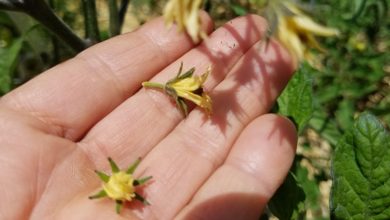How to Grow Cauliflower. Planting and Caring for the Cauliflower Plant step by step
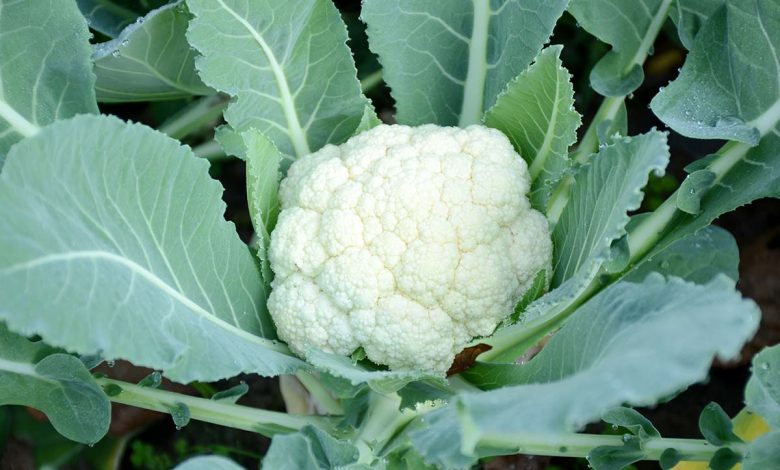
How is the cauliflower plant and how to grow it? Today we will see the basics to know how to grow cauliflower at home: planting, care of the cauliflower plant, identification of pests and diseases, etc.

There are many beneficial properties of cauliflower. All vegetables, fruits and vegetables are beneficial for health due to the contribution of vitamins, minerals and phytochemicals, among other things. In addition to all this, cauliflower is one of the most used in diets due to its purifying properties and its high content of antioxidants, which help prevent diseases such as cancer.
From Agrohuerto we encourage you to cultivate this vegetable with so many health benefits.
Is it easy to grow cauliflower? Requirements and care
The first thing before starting to cultivate any plant in the garden is to know what it is like and what requirements it has. Do you know what the cauliflower plant is like? Let’s see it!
Cauliflower is a crucifer, like broccoli, cabbage, or radish, with short tap roots. Cruciferae are vegetables that take up a lot of space since they have large leaves and the inflorescence that we consume as food sprouts in the center. There are many varieties of cauliflower, of different sizes and even modified varieties of colored cauliflowers.
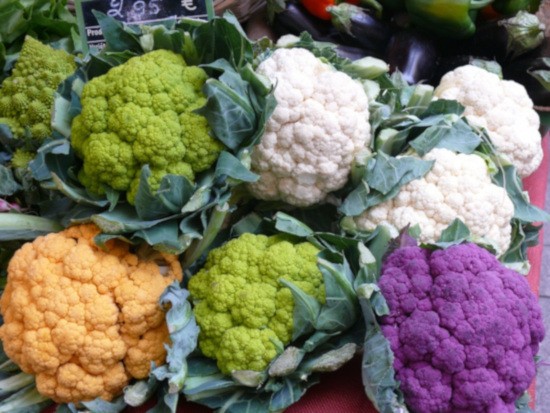
Keep all of this in mind when planning crop rotations (position where you’ll plant your crops in successive years) and associations (which plants you’ll put next to the cauliflowers and which should be far apart).
As for the requirements, which you should also take into account for these plans, it is a fairly demanding vegetable in terms of nutrients and care. Growing cauliflower is no easy feat, so if you’re a beginner or unsure about the quality of your garden soil, start with easy-to-grow garden plants.
If you dare to grow cauliflower, it is important that you have a well-fertilized substrate (enriched with natural fertilizers such as earthworm humus).
You should also bear in mind that, being a very demanding plant in nutrients, cauliflower «exhausts» the soil a lot, so try to make the appropriate rotations and not put another very demanding plant in the same space in which you had plants. of cauliflower during the previous season. Alternate this crop with different plants that enrich or fertilize the soil, such as legumes or green manures, or with other less demanding ones such as garlic and onions, chard, lettuce or herbs.
How to sow and plant cauliflower
Cauliflower is a temperate climate plant, so it is negatively affected by frost and excessive heat. It needs sun, at least 6-7 hours a day, so to grow cauliflower you should find a fairly sunny place.
As we have seen, it is not exactly easy to grow cauliflower since it is a delicate and quite demanding plant, so it is best to start by making seedbeds instead of direct sowing. In general, the optimum germination interval for cauliflower is between 20 and 30 °C, so you should place the seedbeds in a place that maintains this temperature.
You should plant the cauliflowers in the final plot 1-3 months after making the seedbeds, when the plants have reached about 15 centimeters and have several leaves.
Calculate the time to make the seedbeds based on the variety of cauliflower. In spring varieties, for example, the transplant to the final field has to be done when temperatures range between 15-20 ºC. Winter cauliflower varieties, by contrast, are planted in late summer and harvested in winter or spring.
When planning the distance between plants or the planting frame, keep in mind that it is a fairly large plant. It is essential to leave the proper distance between plants: at least 50 cm between plants and about 70-90 cm between rows of cauliflowers.
Growing Cauliflower: How to care for the plant
We have already planted cauliflower. But… How long does it take to grow cauliflower?The cultivation time depends on the variety, but usually ranges from 4 to 8 months from sowing.
During this time you will have to water the plant, watch that pests and diseases do not appear and carry out other tasks such as hilling, one of the cultivation tasks to take care of the plants in the garden, which will come in handy for their growth.
As for irrigation, cauliflower is also quite demanding. If it doesn’t rain, water the cauliflowers frequently but in not too large quantities, to avoid waterlogging or the appearance of fungi.
A few weeks before planting, prepare the soil well, turning it over a bit, decompacting it and adding fertilizer in the form of compost, earthworm humus, manure, etc. In the post « 5 ways to fertilize the organic garden «, we saw some organic fertilizers that can be used in the organic garden.
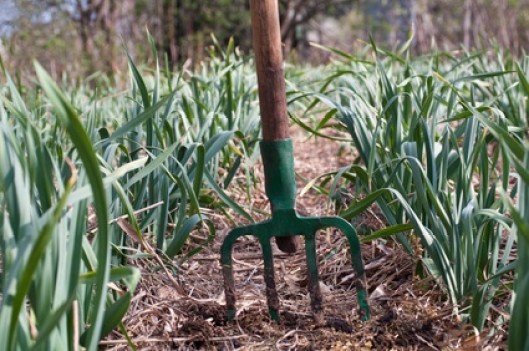
Being a demanding vegetable, it is appropriate to put a padding or mulching with compost or other organic material that releases nutrients to the soil so that the roots of the plant take them. If you don’t do this, topdress the soil at least once during the growing season.
Cauliflower Plant Pests and Other Problems
The most recurrent cauliflower pests are practically the same as those that affect other cruciferous crops such as cabbages or broccoli, so try not to put all these plants together so as not to increase the incidence of pests.
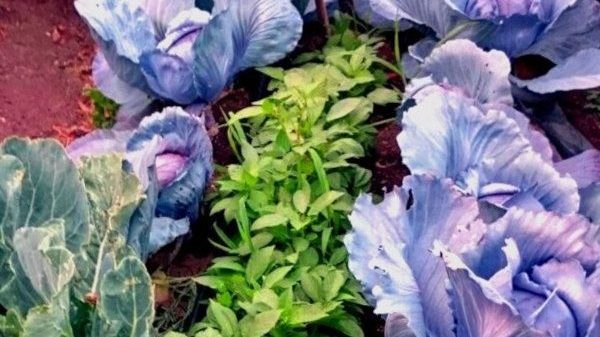
Try to choose a beneficial companion crop that will help prevent cauliflower-damaging insects. You can put aromatic plants or other plants that repel cauliflower pests, such as mint or basil, near the cauliflowers.
The most common cauliflower pests are whiteflies, cabbage caterpillars or moths, and aphids (you can use the web browser to find more information on these pests).
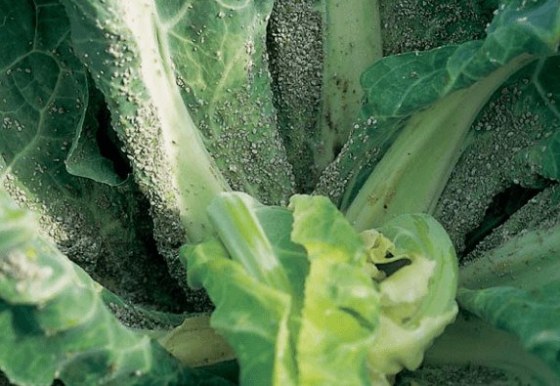
Rotenone, neem oil and natural insecticides with Bacillus thuringiensis work very well to fight cruciferous caterpillars and butterflies (More details on these and other treatments for pests in the post « 10 Natural insecticides for plants «).
As for cauliflower diseases, care must be taken with fungal infections such as mildew and botrytis, or with bacteria such as those that cause «cauliflower bBacteriosis».
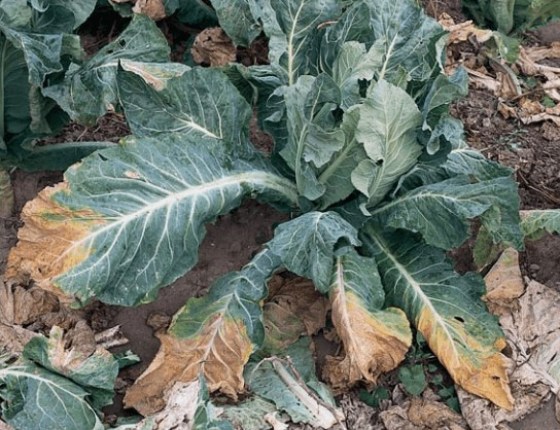
You have more information about the problems of the cauliflower plant in the post about Pests and diseases of cauliflower, where we also saw how to prevent them and get rid of them.
These are just a few tips for growing cauliflower at home. I hope that you can contribute more tricks, ideas and photos of your cauliflower plants in the comment thread that you will find below.
References
- García Morató, M., 2000. Pests and diseases in cauliflower cultivation. Description and control. Rural Life, May 2000, p. 34-37.
- Abdul Razis, AF & Mohd Noor, N., 2013. Cruciferous vegetables: dietary phytochemicals for cancer prevention. Asian Pacific Journal of Cancer Prevention, Vol. 14 (3), p. 1565-1570.
- Baizauli Soria, C. & Maroto Borrego, JV, 2017. Outdoor Horticultural Crops: Broccoli, Cauliflower, and Cabbage. Cajamar Publications Caja Rural. Agriculture Series, No. 25, p. 371-434.

![Photo of Zahareña: [Cultivation, Care, Pests and Diseases]](https://www.complete-gardening.com/wp-content/uploads/2021/06/Zaharena-390x220.jpg)
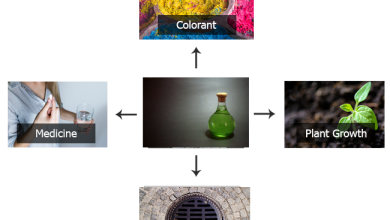
![Photo of Lemon Tree Cuttings: [Grafting, Season, Rooting and Sowing]](https://www.complete-gardening.com/wp-content/uploads/2021/06/Esquejes-de-Limonero-390x220.jpg)
